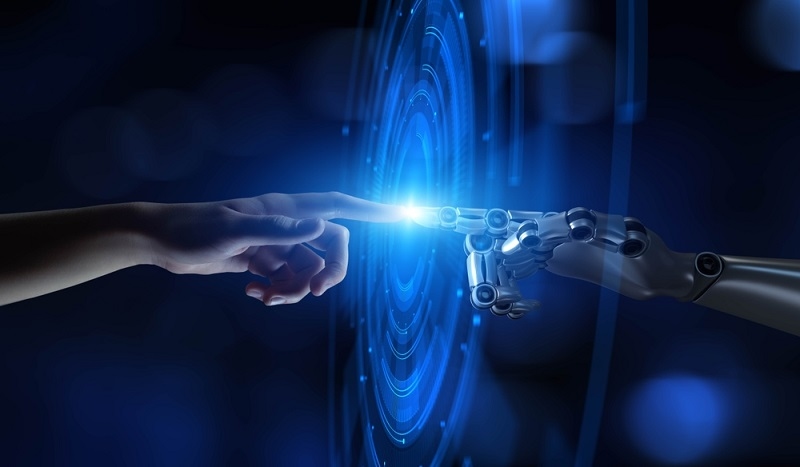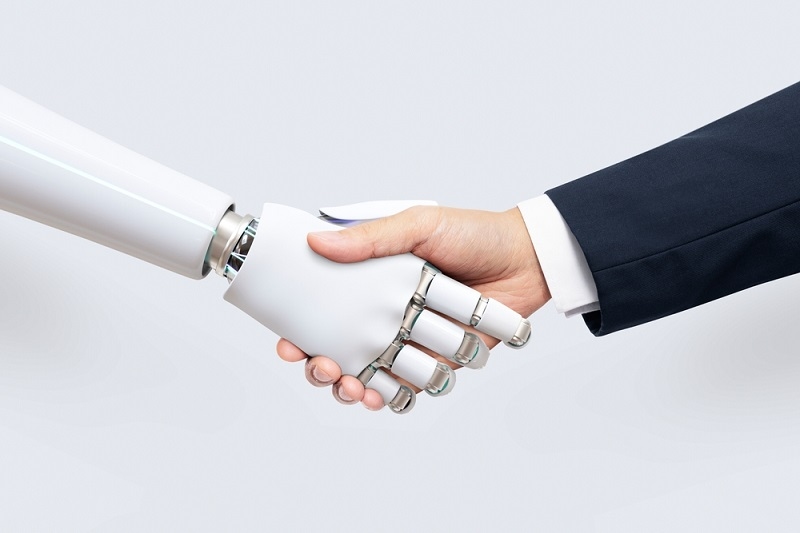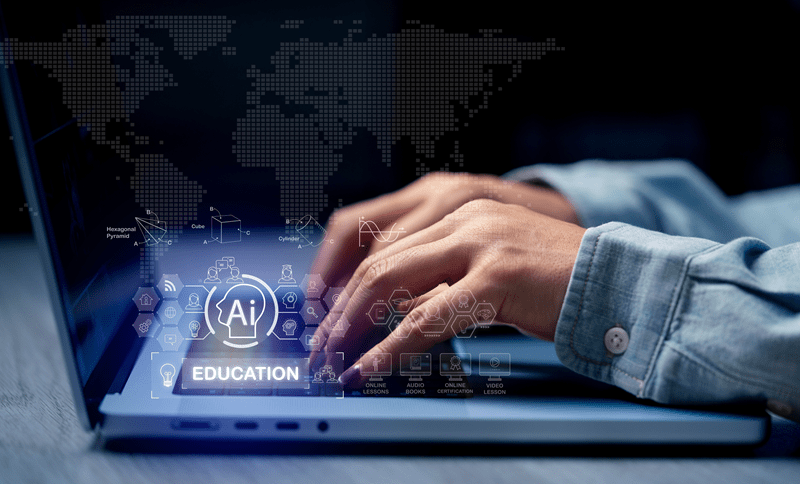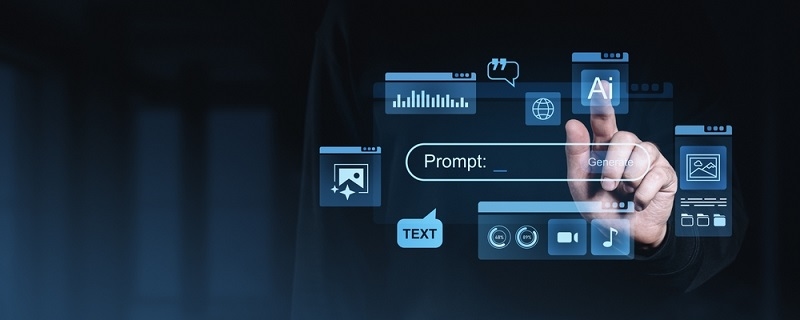How Human AI Collaboration Is Redefining Work in 2025

Most people think that when you mention human AI collaboration, you're talking about the future, something a little distant. Nope. Human AI collaboration is already shaping how work gets done, how problems get solved, and how teams stay one step ahead. If you're working in tech, sales, customer support, or any field where complexity creeps in daily, this is where those headaches get a whole lot easier to manage. Let me explain.
Human AI Collaboration: Why It's the Real Deal
Picture your team handling hundreds of customer inquiries, parsing data, deciding what's worth your attention. If you haven't tested human AI collaboration in this setting, you're missing a chance for real impact. The primary keyword, human AI collaboration, shows up everywhere in productivity discussions, but it's not just about shifting tedious tasks to machines. No, it's about reshaping work itself, putting your team in the driver's seat while technology keeps the engine warm.
AI and human collaboration is not some science fiction buzz. In customer service, agents rely on platforms like iX Hero to filter background noise, optimize speech, and, on the backend, keep answers up to date with a shared knowledge base. It's all about combining the strengths you bring with those of the tools available now.
The Practical Upside: Benefits of Human AI Collaboration

Let's talk nuts and bolts. What are the benefits of human AI collaboration? For starters, productivity jumps. Data entry, basic report generation, initial analysis, those are the chores no one enjoys. AI picks those up, so your best minds can tackle strategy, innovation, or simply engage in the kind of creative work that's impossible to automate. Productivity and morale edge upward; people don't burn out nearly as fast.
Here's the thing, decisions get sharper, too. AI surfaces patterns in data at lightning speed. People bring in context, values, and smart judgment. The outcome isn't just quicker decisions but sharper, well-balanced results. That's why companies across retail, finance, and beyond keep investing in the mix of human insight and intelligent tech year after year.
Wonder why costs don't spiral out of control as you scale operations? AI handles increasing workloads without needing extra people. It's like adding lane space on a highway without building new roads. Bots alone save businesses billions in customer service every year, and if you're running any digital business, that principle holds true.
And don't underestimate the impact on your own role. With AI and human collaboration, folks shift from being "doers" to orchestrators, reviewing what matters, shaping strategy, and tackling the kind of creative and relationship-driven work that keeps real businesses growing. Creative departments, sales teams, and financial analysts, you see this trend popping up everywhere.
But my favorite benefit? Continuous learning. Each feedback, each tweak, each correction, these make AI smarter. Over time, systems get nicely in tune with your real workflows, adapting without fuss. That's a human AI partnership example.
Explore More: How to Use AI to Learn Anything Faster and Master Skills
Everyday Examples: Where Humans and AI Connect
So, how does human AI partnership look outside theory? Let's walk through a few actual scenarios.
Healthcare
Healthcare is seeing diagnostic speed-ups. Imaging tech helps scan thousands of records, flagging ones worth clinical attention. Doctors can then spend more time where they're needed, skip the repetitive scans. That's human-tech collaboration, combining real expertise with digital strength.
Customer Support
Customer support software such as Kommunicate allows agents to focus on complex inquiries by offloading frequently asked questions and routine updates to automated tools. If at any point a client's tone or the situation seems to indicate frustration, the chat is directed to a human who enters with empathy and caring. Uncommon customer support is provided, and without feeling burnt out, the agents handle more chats.
Banking and Finance
To detect fraud in the banking & finance sector, intelligent systems that monitor for suspicious transactions are implemented.. When a flag appears, human-tech collaboration helps specialists dig deeper. They notice patterns, find the cause, and make decisions no software could match. Efficiency improves, and risk drops.
Manufacturing
In manufacturing, teams rely on predictive maintenance tools. Smart sensors track early signs of equipment trouble. When something's flagged, technicians skip unnecessary checks and focus on real issues, cutting downtime and keeping production steady It's simple, logical, and keeps profits from slipping.
How Real Teams Work Together
You might be asking, "What's stopping every business from going all-in on human AI collaboration?" Mainly, getting the split right. Teams need clear boundaries-what's best done by people, what can technology handle, and when should roles overlap. Success comes from open communication, training, and letting users learn by doing. No one gets every process right the first time, but feedback tightens those loops.
Onboarding is worth a mention, too. When people train with AI, getting a little support at first, then growing into orchestrator roles, surprises happen. People discover skills they didn't know they had, while technology adapts faster than a spreadsheet ever could.
Industry Standouts: Customer Service, Healthcare, Finance
Customer service, healthcare, and finance are leading the way in human AI collaboration. In each, you see the primary keyword echoing back in the way teams approach new challenges.
Platforms like Salesforce Agentforce have helped sales teams shorten cycles and close deals faster. The data shows that teams with effective AI and human collaboration have improved access to information and move more quickly to engage clients.
Healthcare innovators like MIT Sloan and Stanford have tried collective intelligence systems that fuse human skills with machine analysis, speeding up discoveries and decision-making.
In finance, human AI partnership helps reduce fraud, spot emerging market shifts, and lets experts focus on strategic growth instead of manual audits.
Tackling Challenges Head-On
Let's be honest. Nothing runs smoothly without a few bumps along the way. Miscommunication happens, so teams take time to understand how the tech actually works-its strengths and its flaws. Trust builds slowly; people want clarity, and systems should show why they make certain choices. Good data is key because messy numbers lead to poor calls.
Fairness and ethics matter just as much. Sometimes, an algorithm leans too hard in one direction; human review pulls it back to the center. Ethics committees and oversight-especially in regulated fields- make sure decisions pass muster before reaching clients or patients.
Must Read: How to Talk to an AI and Write Prompts That Work
Looking Forward: What's Changing Next
As a result, the human-AI collaboration will become an everyday occurrence. The upgrading of the adaptive systems is giving birth to new platforms that will assist the teams in the smarter and more responsive ways of working.
Digital mentoring has been experimented with by companies like Workday, where the intelligent tools act as a mentor helping the personnel to learn and adapt quickly.
Using flexible team structures, roles get naturally shifted based on the strengths of the employees; sometimes the system leads and at other times it just supports. Firms that adopt this strategy frequently report a productivity increase of 20 percent or more along with cost savings that astonish both the teams and the investors.
Conclusion: Real Results, Real Connection
If you're wondering whether human AI collaboration is worth the hype, ask companies using these partnerships. Their customer satisfaction climbs. Their costs shrink. Employees get more time for creative work. Human AI partnership examples are everywhere you look, no longer a concept, but a daily reality. Embrace the tools, trust your instincts, and blend the best of human and machine.





